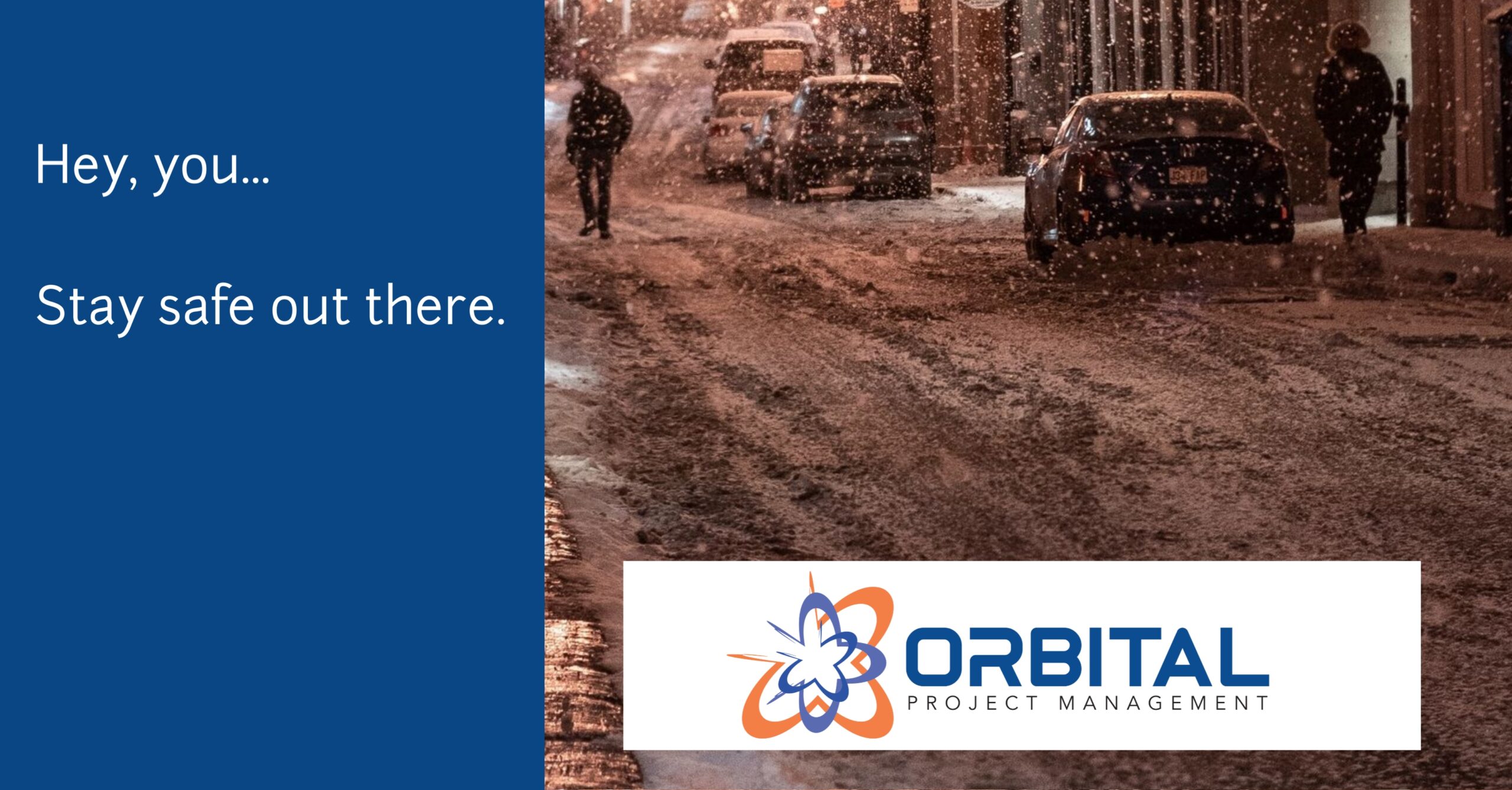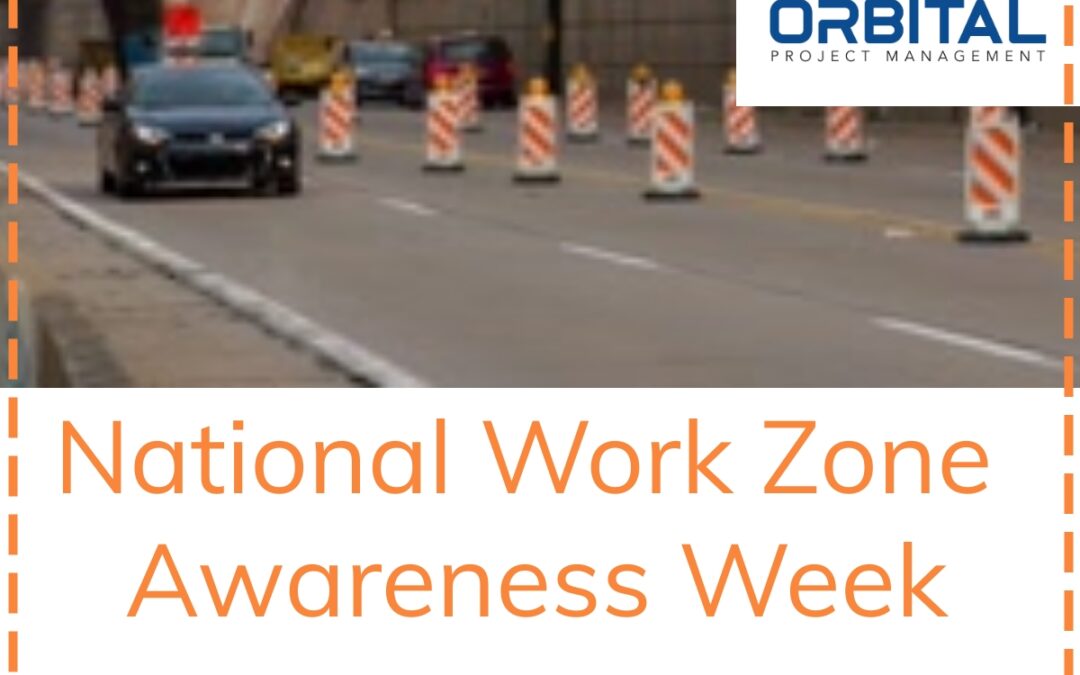This has been one crazy-weather winter for North America:
- Tornadoes tearing through the South
- Blizzards blanketing the Northeast
- Ghastly-negative windchills in the Midwest
- Bomb cyclone with flooding and mudslides on the West coast
- Fog causing massive pileups on major roadways
While the weather itself may be out of our control, being prepared if we must travel is wise.
The major risks vary by region and season, so there is no single checklist that can definitively outline what items are most crucial for you based on your exposure.
The First Step
Determine what your biggest risks and available funds are.
Do you live:
- Somewhere that freezing temps, snow, and ice are an issue if you get stranded?
- In a remote area at risk of flooding and poor cell signals?
- Near a metropolitan area that is ill-equipped to deal with rare winter storms?
Do you have room in your vehicle (and your budget) to purchase and store a ready-for-anything kit? Or do you need to limit purchases to only the most essential items?
Do you typically travel on familiar routes where help is readily available in a reasonable amount of time?
Do you have what you need if you’re stranded in your vehicle for 8 hours or more in extreme conditions (heat or cold)?
While some people who live in metropolitan areas don’t consider this a risk, take some time to read accounts of massive freeway pileups with injuries and deaths. If you’re injured or trapped in your vehicle, but are triaged as non-critical, you may spend a very long time waiting for assistance.
The Basics of Safety Planning
There are a number of ways to categorize items such as safety materials, tools, clothing, etc… However, when creating your own curated list of items based on your personal exposure and risk factors, it helps to consider the potential danger and the purpose of what you may need.
Following, we break down four categories to consider for your season, region, and exposure to risk.
Immediate Danger for Loss of Life, Limb, or Sight
Natural disasters such as fire, flood, or earthquake, in addition to major vehicular accidents may result in injuries or require immediate action. Some items to consider in your kit include:
- Fire extinguisher rated for presumed use (car fire, wildfire, etc…)
- Seatbelt cutter/window smasher
- First aid kit that includes critical prescription medications
- Sturdy belt or strap to serve as a tourniquet on a limb
- Large bottle of eye rinse fluid
Some vehicles have windows that will not work when power is off, which may happen underwater. It may also be difficult to get out from a seatbelt if the vehicle is damaged or upside down. Consider an easily accessible place to keep a seat belt cutter/window smasher tool, like the sunglass holder near the windshield or an enclosed area on the dashboard or center console that you can easily reach when restrained. In place of a window smashing device, you may be able to remove your headrest and use the metal prongs that fit into the seat to smash the glass. Try to remove your headrest now, and know how it works before you’re in an emergent situation. Typically, there is a small button where the headrest meets the seat that you push in and hold while you pull the headrest up and completely out.
Signaling/Communication
When you’re in need of assistance, whether you’re on the shoulder of the freeway with a flat tire or in a remote area stuck in the snow, you’ll need to be able to communicate your situation to others. From your fellow drivers, who can’t see you or your stranded vehicle well in the dark, to a national system to locate you in the middle of nowhere, we’ve got some suggestions:
- Cell phone with charger and battery backup
- Radio with batteries or hand-crank charging capability
- PPIRB/PLB
- Flares/LED beacons
- Roadway and personal reflectors
- Flashlight with batteries or hand-crank charging
- Matches/lighters
A PPIRP (a personal version of an EPIRB – emergency position-indicating radio beacon) is also referred to as a PLB (personal locator beacon). Watercraft are often required to have an EPIRB on board to aid with rescue attempts if there is no reliable recently-known location. These devices work at great distances from any other communication technologies like cell towers. When the device is activated, it sends a signal to a network of satellites, which then relays the information to a rescue center. If you travel in remote areas, having one of these on hand could save your life. There are a variety of models and features available, with price tags around $300 and up. Keep that PPIRB/PLB on your body or within arm’s reach so that you can activate it in the event you’re pinned in your vehicle.
Basic needs
Imagine you were going to spend 12-24 hours in your vehicle waiting for help. What would you need? While extreme heat is no fun and can be deadly to certain high-risk groups such as the elderly, freezing temps have claimed more lives this winter. Just choose what makes sense for your situation.
- Water (insulated container if freezing is a risk)
- Food (shelf-stable, high-calorie snacks)
- Dry clothing
- Warm coat, gloves, hat, socks
- Insulated boots
- Blankets (both heat reflective and polar fleece)
- Heat packs (air-activated for hands and feet to prevent frostbite)
- Daily medications
- Waterproof tarp
Why polar fleece for clothes and blankets? If you get wet and have to spend an extended period of time stranded, polar fleece is able to dry quickly and has excellent insulative properties.
Rescue
Sometimes, especially in remote areas, it’s going to come down to you or the Good Samaritan who pulls over to help. Be sure to have the most critical basics on hand to improve your chances for a positive and efficient outcome.
- Shovel (small, sturdy gravel shovel recommended)
- Ice/snow scraper
- Tow strap
- Tire chains
- Traction device (sand, clay litter, mulch, or plastic squares used for leveling RVs)
- Multi-use device (battery jump start, pressurized air, electronics charger)
- Multi-use tool (pliers, knife, screwdriver, etc…)
- Duct tape
- Ratchet straps
- Rope
- Gas can
- Paper map of region and compass
Did you just roll your eyes on that last one? Well, if you don’t have a PPIRB/PLB, your cell phone dies, and no one knows where you are, they just might save your life…if you know how to use them.
Common Sense Travel Planning
These are the most basic of the basics to consider:
- Fill your vehicle’s gas tank often to ensure you have enough fuel to keep the vehicle warm and your electronics charged for as long as possible. Try to always keep at least ½ tank of fuel at a minimum.
- Test your lights with someone’s assistance before departing on a long trip (headlights, high-beams, turn signals, brake lights, hazards)
- Keep your cell phone and battery backup fully charged as you travel.
- Let someone know where you’re headed, your route, and your ETA, so they know when and where to begin to look if you lose contact.
- Carry your medications with you if they are critical (including rescue meds such as EpiPens and inhalers or routine meds for blood pressure or blood sugar control). If you have a critical medical condition, carry or wear a medical alert tag or card in the event you’re unconscious when found.
- Dress for the weather. If you’re leaving from a heated garage and don’t plan to leave your vehicle until you return, you still may need a warm or waterproof coat and sturdy shoes in cold or inclement weather. No one plans to be in an accident or get a flat tire, but you may find yourself standing roadside soaking wet or freezing cold.
- Have an extra gallon of washer fluid on hand. Ever try to drive with a salty or dirt-covered windshield? Not safe, not easy.
- Turn on your hazards if driving in low-visibility conditions or under the speed limit. Always have hazards on if you’re stopped along a road with traffic, even in the daytime.
- Do not drive onto a water-covered roadway, even if it’s a familiar street. The ground below may have eroded away, creating a sinkhole, or the water may be moving much faster than it appears, with the ability to carry even large vehicles away and pin them against trees or structures.
- Stay in your vehicle if you see downed power lines. Wet roadways can transmit a lethal shock a very long distance from the wire itself. Call 911 and remain inside.
Want more safety and eco-friendly tips?
Subscribe using the form below to receive our monthly newsletter, The Nucleus.






